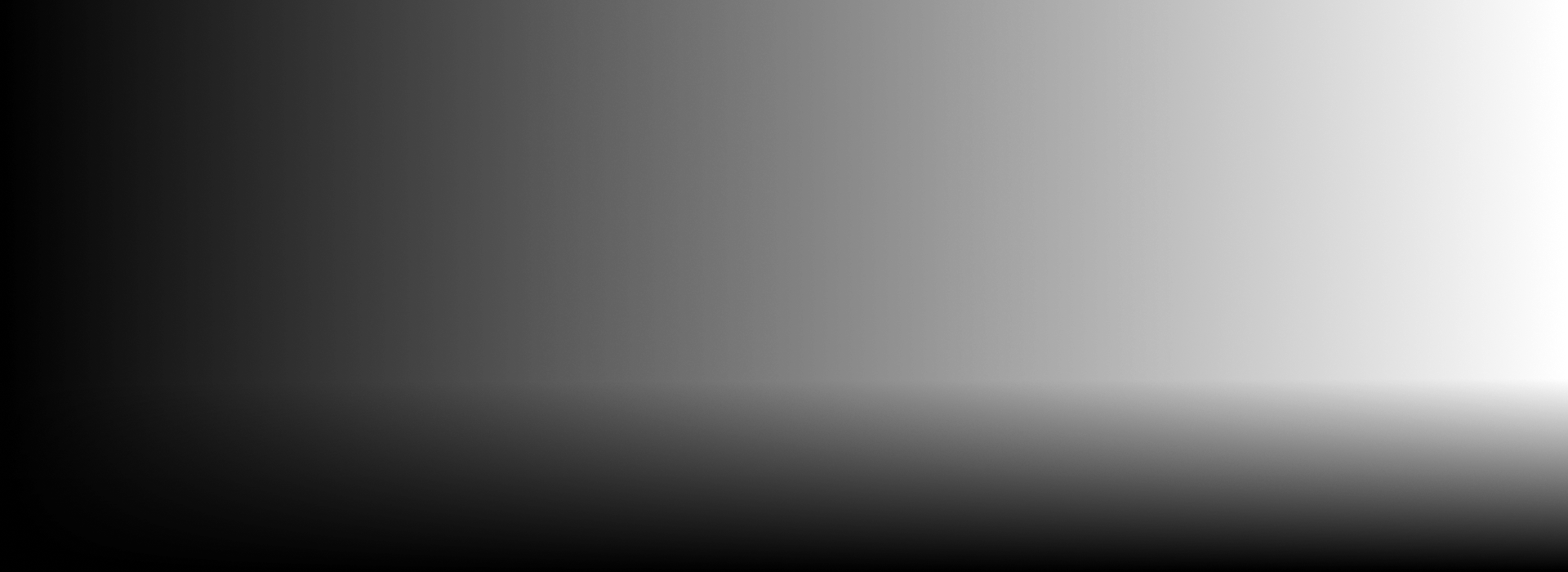According to the Food and Agriculture Organisation (FAO), there will be 9.1 billion people alive on Earth by 2050. That equates to a 20% increase in comparison with the current population, with the phenomenon felt most keenly by developing countries.
Naturally, these people will need space, water and food, with estimates suggesting that food production will need to increase by 70% to deal with the added demand. In other words, we will need to produce three million tonnes of cereals (versus the current 2.1 million tonnes) and 470 million tonnes of meat (as opposed to today’s total of around 200 million tonnes). The backdrop to all of this is climate change – and the risk that harvests could fall by 25% as a result. It is crystal clear that the food and agriculture sector is facing up to a huge challenge.
One possible way of getting hold of the situation and increasing both the quantity and quality of food produced is to try to manage all phases of agricultural production through the strategic use of technology. And no – this doesn’t just mean using more powerful tractors or quicker fruit harvesting systems. We’re talking about a network of interconnected devices capable of exchanging information, command and data over the internet. It’s what’s known as the Internet of Things and often abbreviated to IoT.
The Internet of Things and precision farming
Let’s image for a minute that we are large-scale fruit farmers. Our duties include looking after the ground that provides a home for the roots of our plants, ensuring the plants get the right amount of water, overseeing the growth and health of the trees, looking out for parasites and checking the weather. Farmers have to scrutinise every hectare of earth and check every row of trees from top to bottom, over and over again. The fact that we are able to do this now, without taking a simple step, is all down to sensors – devices that detect all of this information and collate it into one place, where it is then processed. It’s as if our orchards are sentient beings, capable of letting us know how they are of their own accord.
This isn’t science fiction. It may still be in the embryonic phase when you consider its limitless potential, but this technology already has a name: precision farming. It combines the latest sensor networks, seamless connections and the huge storage capacity offered by cloud platforms. By adopting this strategy, we can make the checking process much more detailed and infinitely more agile, while at the same time optimising productivity, reducing waste, cutting down on the use of chemicals and minimising risks. And be under no illusions: this is not about industrialising agriculture, but reinterpreting it by taking full advantage of modern-day technology and the power of data.
Smart greenhouses
One emerging technology in this sector is smart greenhouses, which are capable of independently regulating temperature, humidity and other variables to create the ideal microclimate for the crop being grown. The most sophisticated models are equipped with special panels that capture the light and heat of the sun, guaranteeing an optimal environment for the plants stored within while accumulating energy and producing electricity without slowing down the growth of the fruit and vegetables. These are truly green systems, where the production process is made more efficient and helps to fight climate change.
Drones
Another option for modern-day farmers is to use drones, which fly around autonomously using GPS to monitor crops. Fitted with high-resolution cameras, drones are capable of taking hugely detailed images that can be enormously useful to farmers. On account of their accessible prices and ease of use, increasing numbers of farmers are turning to drones.
So why do farmers want to photograph their crops from the sky? In order to check for any patterns that may suggest changes to the terrain, such as landslides or irrigation problems, as well as things like infestations or diseases which could go unnoticed from the ground, especially in vast cultivation areas. Moreover, drones enable the user to take a range of types of images, from infrared to the spectrum of vision, which – when combined – can reveal the difference between healthy plants and stressed plants. The drones can be used to make regular flights – be that every week, every day or even every hour – thus allowing us to ensure regular checks of the land, whether it’s just a few metres or several square miles. And of course, this comes in at a far lower cost than traditional flights and especially satellite observation techniques.



